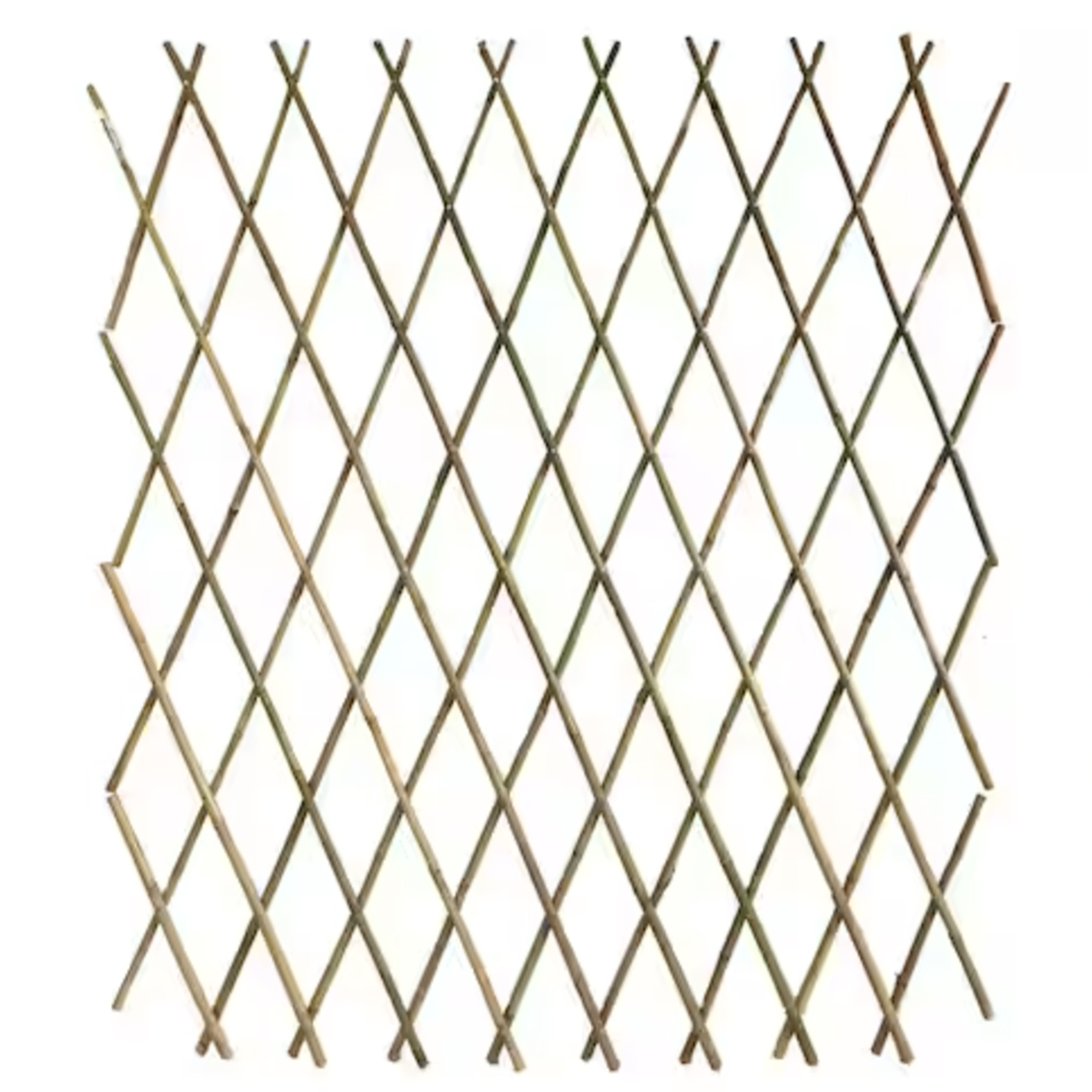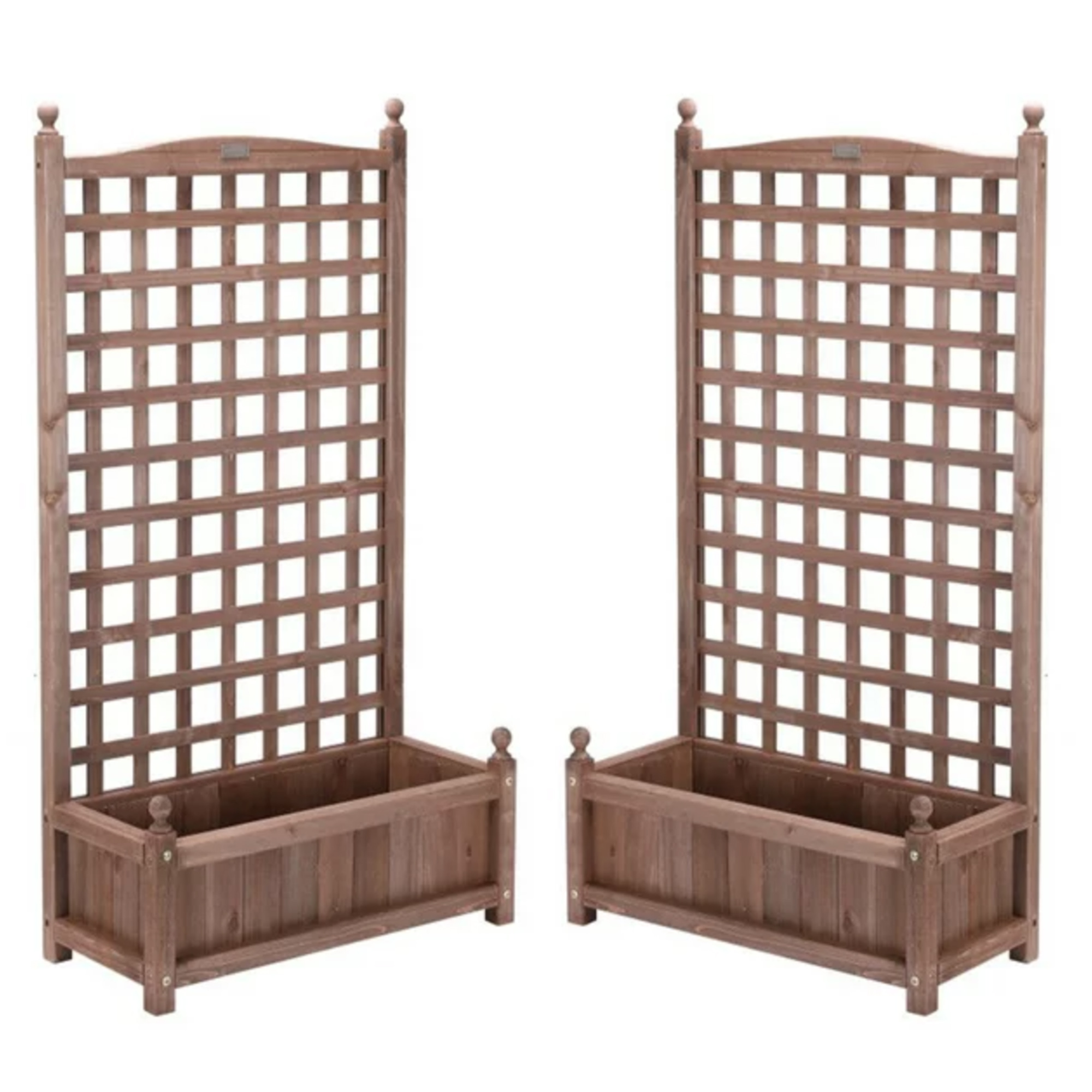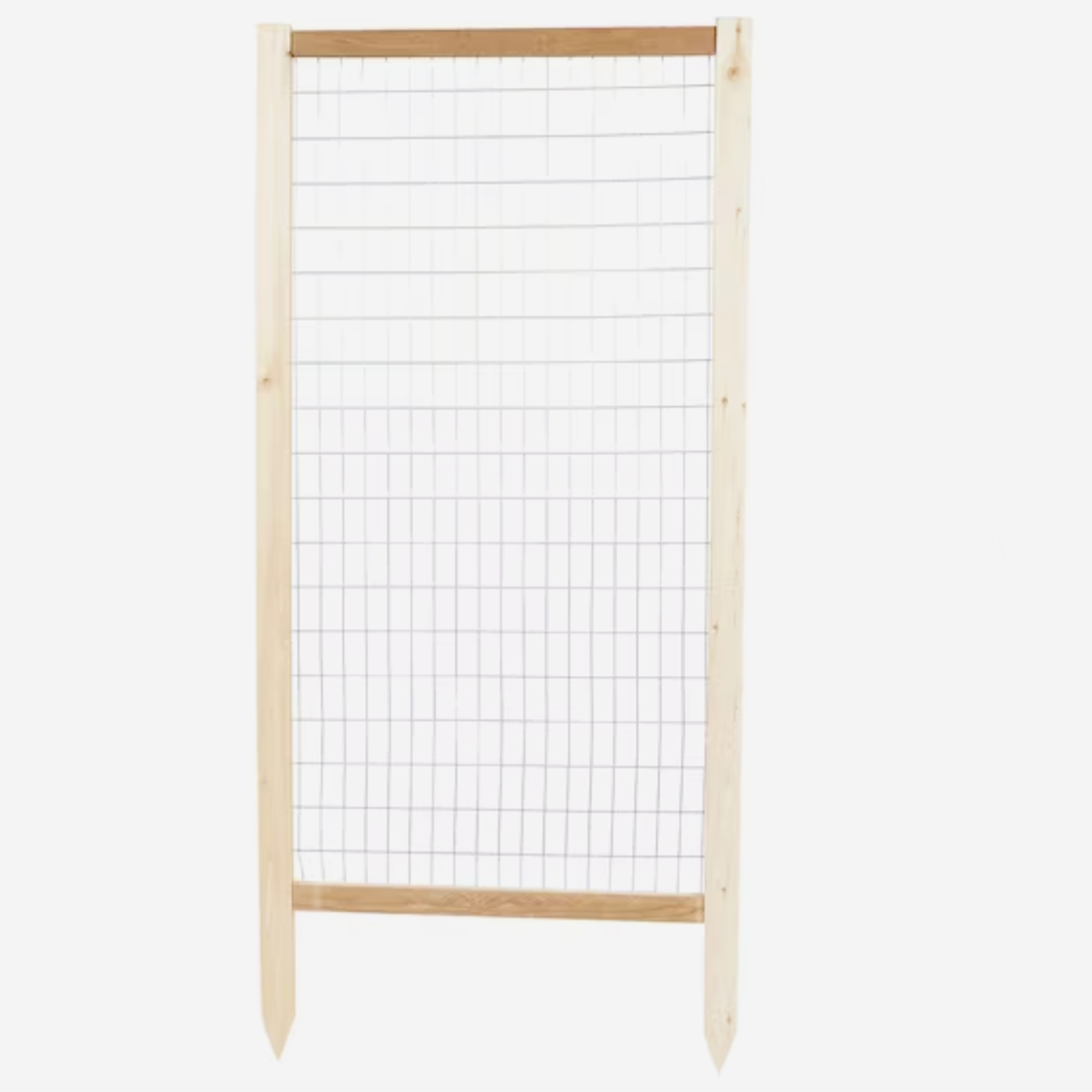Plants for north-facing walls – 11 picks for a shady boundary
Elevate a traditionally gloomy spot with foliage, textures and flowers
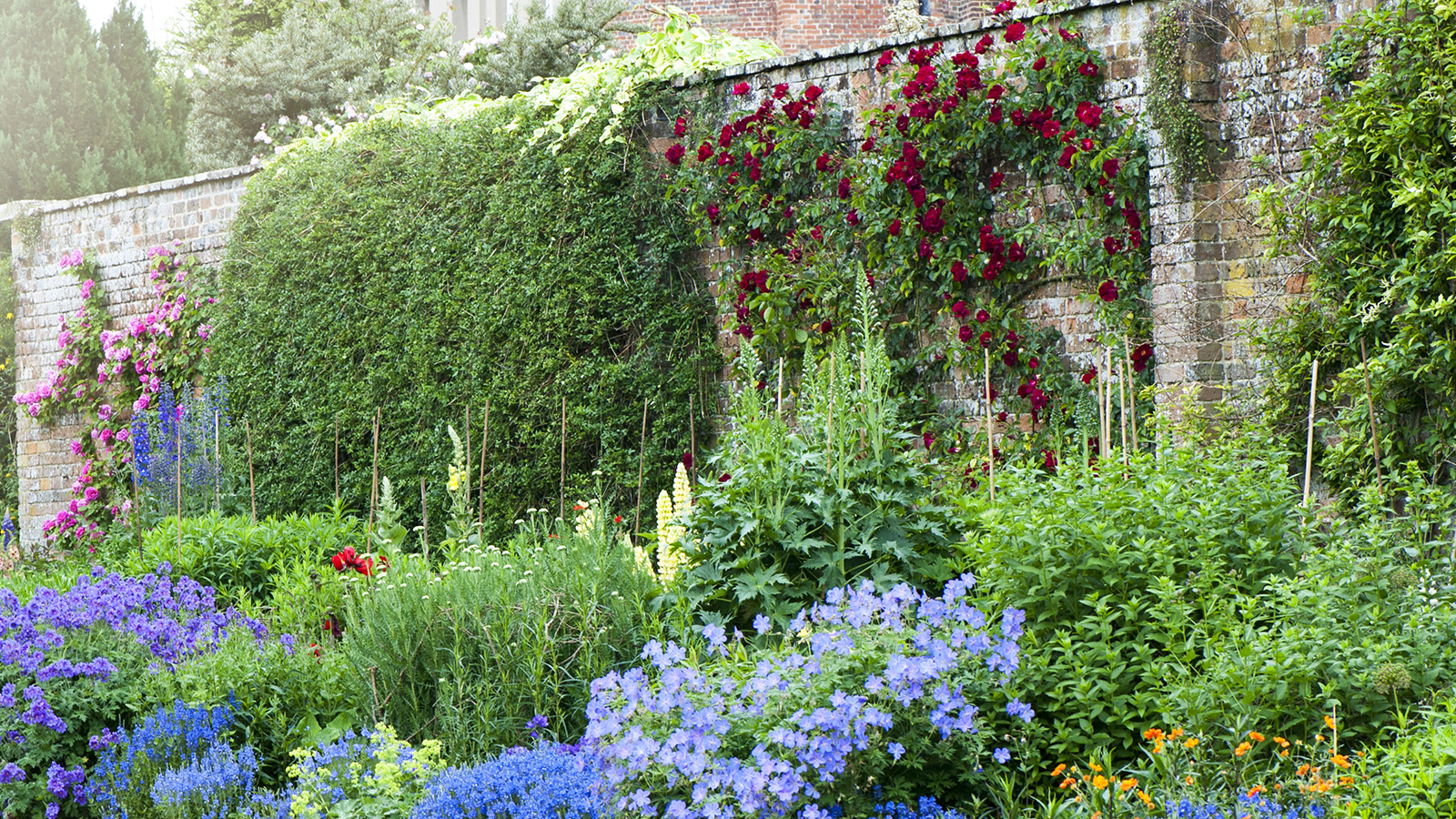
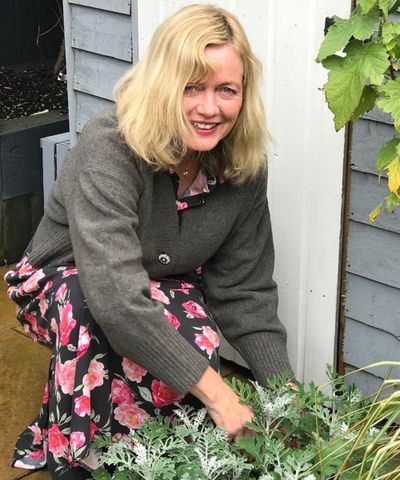
Plants for north-facing walls can transform a challenging feature into a vertical highlight. It’s surprising just how many plants will thrive in areas with lower light too. Choices include foliage plants, but also some interesting floral contenders, such as certain roses, clematis and honeysuckle.
North-facing walls are likely to have very little direct daily sunshine, particularly in the winter months, but this doesn't mean putting up with a ‘dead space’ in the garden. The trick is to find the best shade plants. These are plants which have adapted to surviving in lower light levels, whilst still making enough food to keep them alive.
'The conditions of growing areas around north-facing garden walls are not only darker than other spots in the backyard, but the lack of sunlight makes them colder too. You may also find that the soil is dry, as rain won't easily reach it,' says Teresa Conway, deputy gardens editor at Homes & Gardens.
'When planting next to a wall try and leave a gap of about 1.5ft from the base. Here the soil should have slightly more moisture from exposure to rain,' she says.

11 plants for north-facing walls
Although climbers are the obvious choice for covering walls, there are certain shrubs for shade which can be trained to grow vertically. Most, but not all, of these plants will require something to attach themselves to, so they can climb upwards and out to the side.
Wooden trellis, wire trellis or long wires for shoots to cling to are an essential ingredient for successfully transforming a north-facing wall into an attractive shade garden.

Teresa has been creating and editing a variety of rich garden content for over six years, across many brands including Homes & Gardens, Country Homes & Interiors and Living Etc. She was Deputy Editor on Gardeningetc.com as well as a judge on the panel at the prestigious Society of Garden Designers awards.
1. Chocolate vine

- Hardiness: USDA 4-9
- Height: 33ft
- Spread: 6.6ft
- Best for: exotic appeal
Proof that plants for north-facing walls don’t have to be boring, this one (Akebia quinata) has exotic looking cup-shaped flowers in dark purple which really do smell of chocolate. Try this Akebia Quinata,Chocolate Vine Potted Plant at Amazon.
This is an ideal plant to hide a garden wall that will climb using its self-twining tendrils, but get it started with something to hold on to (taut wires screwed into the wall work well), and tie in the stems as they start to shoot.
If space is limited, cut back after it has flowered. Otherwise, leave it to thrive away.
Shop wooden trellis
2. Virginia Creeper
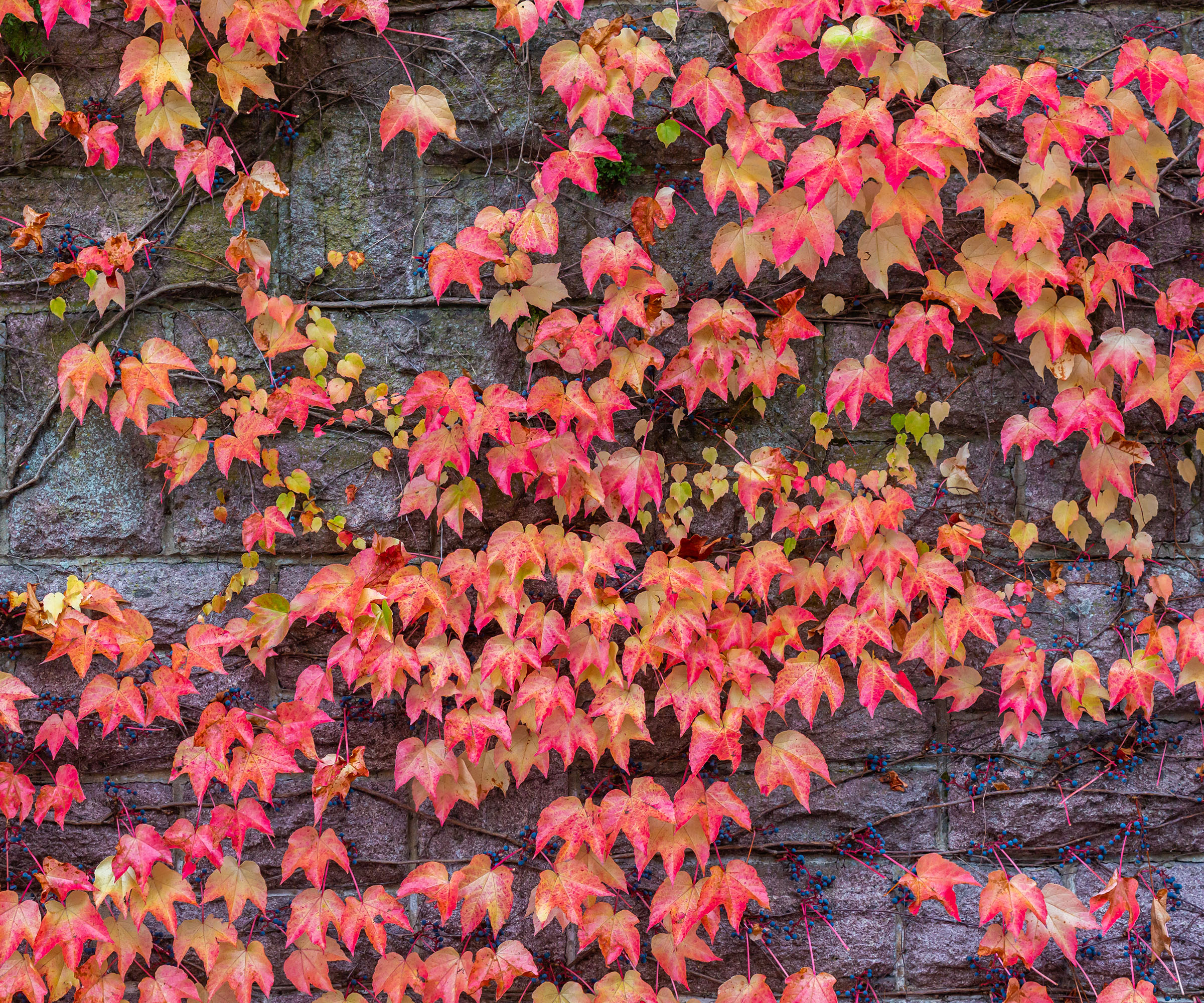
- Hardiness: USDA 3-9
- Height: up to 50ft
- Spread: up to 16ft
- Best for: covering a large area
This fast growing plant has dense, fresh green foliage during spring and summer, which turns to a show-stopping intense crimson mass in the fall. It is deciduous, so the leaves drop over winter, but it could be teamed with some evergreen English ivy to create all year round coverage.
After about two years, it will need regular pruning to control the growth. It’s the perfect evergreen climber for a large wall or for adding some greenery to a front garden wall.
3. Climbing hydrangea (Hydrangea petiolaris)
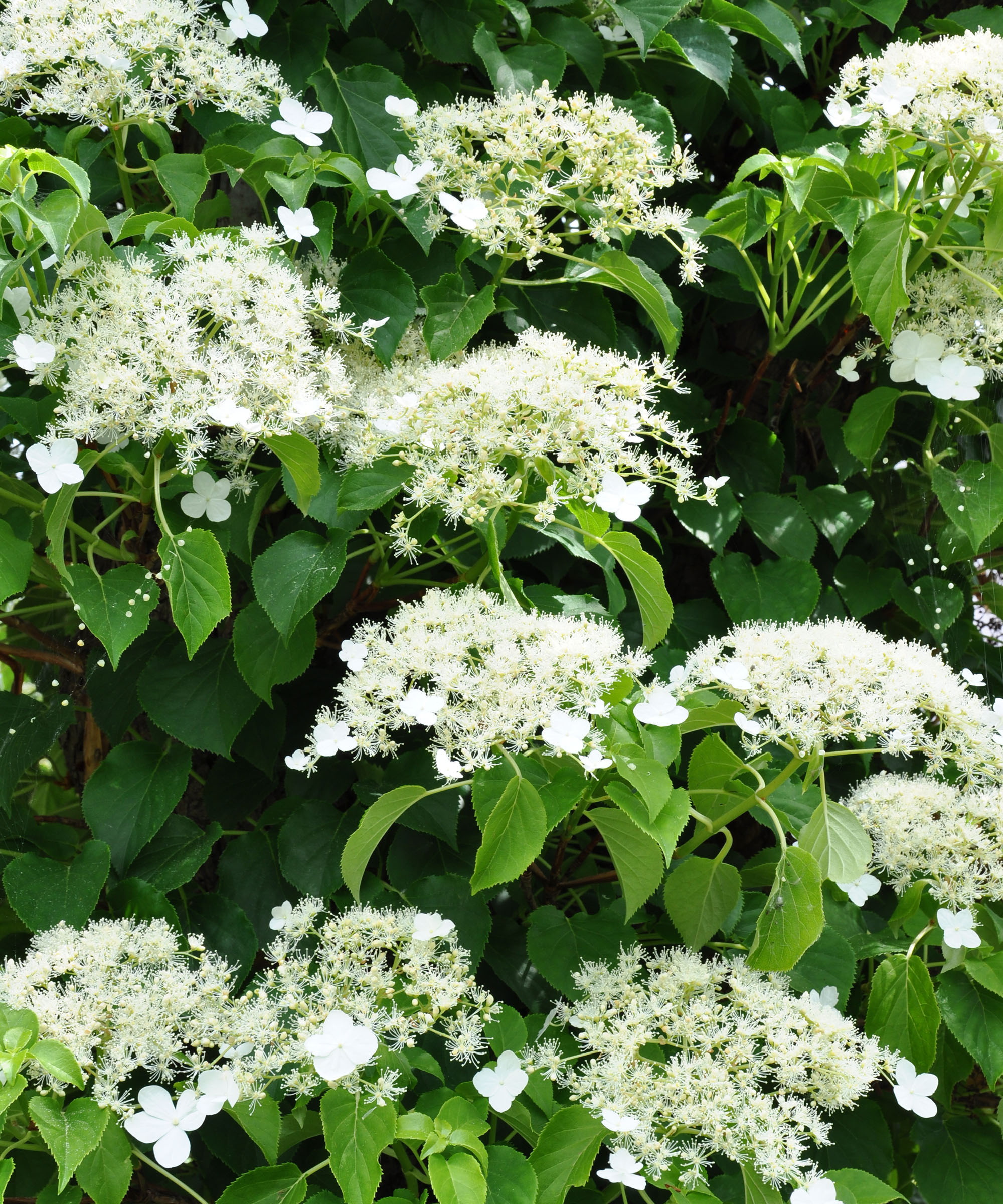
- Hardiness: USDA 5-7
- Height: 50ft (15m)
- Spread: 26ft (8m)
- Best for: floral elegance
This wonderful climbing plant for shade has large white flattened lacey flowers on heart-shaped leaves. A true shade loving flowering-shrub, it might take a while to get established, but once it has settled in, it will cover a wall using tiny roots which sprout when the stems touch another surface, so it will not need wires or a trellis to cling to.
The textured foliage turns a burnished yellow in the fall, and during winter, the dried flower seed heads add lots of interest. Give this part-shade perennial plant plenty of space, or cut it back after it has flowered to contain the size. It prefers moist, rich and well-drained soil types.
Try climbing hydrangea at Nature Hills available as a single plant or a three pack.
4. English ivy
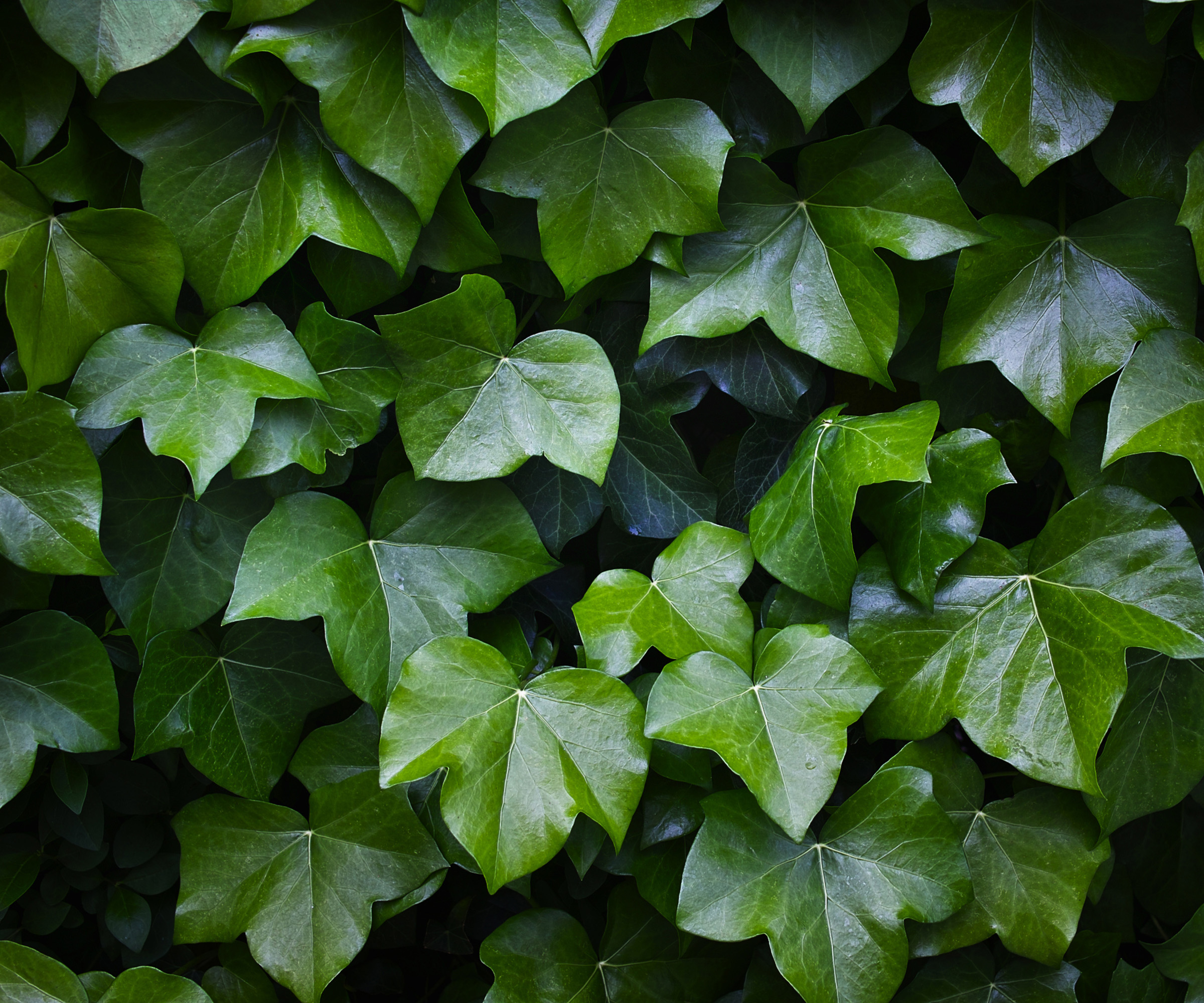
- Hardiness: USDA to zone 4
- Height: 26-39ft
- Spread: 13ft
- Best for: fast, easy coverage
It has an undeserved bad reputation for taking over in the garden, and potentially damaging masonry with its aerial roots, but it is probably the best plant to cover a wall quickly and easily .
If kept under control, ivy will create a brilliant foliage backdrop which will attract plenty of beneficial bugs to your yard. You can easily grow ivy from cuttings too.
There are so many to pick from, but a variegated type will introduce color and texture to a gloomy spot. Hedera helix ‘Ceridwen’ has attractive yellow, green and gray colors and larger leaves, while ‘Eva’ and ‘Glacier’ are bright and variegated.
If you need to chop it back to stop it straying into neighboring gardens, for example, then do it in early spring, and don’t be afraid to carry out some hard pruning.
It tolerates all kinds of soil, even very poor ones, and thrives in an exposed or a sheltered spot. It may be considered an invasive plant in certain US states, so check before planting.
5. Euonymus ‘fortunei’

- Hardiness: USDA 4-9
- Height: 1-2ft
- Spread: 3-4ft
- Best for: low maintenance coverage
A shrub rather than a climber, this hardy evergreen plant will nevertheless grow vertically against a wall if it is provided with climbing plant support, and it is a tough, hardy choice which is widely available.
The foliage is the star: try Emerald 'n Gold Wintercreeper at Nature Hills which has brightly edged leaves against dark green to create pattern and texture which will boost a dark area. Also known as ‘wintercreeper,’ it will grow in all kinds of soil, and needs very little care once established.
6. Fatsia Japonica
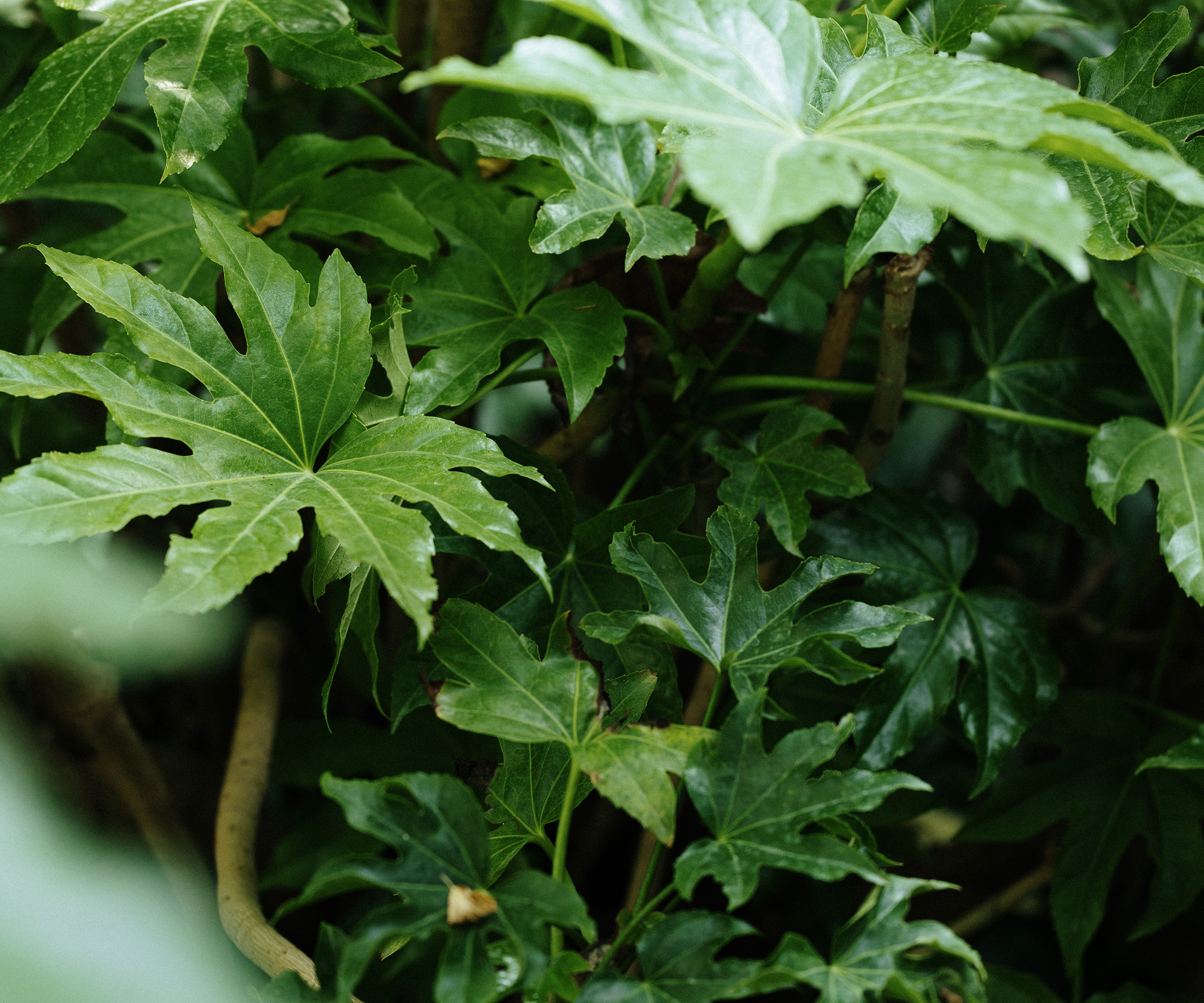
- Hardiness: USDA 8-10
- Height: 12ft
- Spread: 12ft
- Best for: growing in a pot
Here is a bushy shrub to place against a north-facing wall, rather than to train up it. This plant will thrive in a container, so it can be used to create a focal point with its large, glossy evergreen leaves which have a lovely sculptural shape.
Also called a castor oil plant, it has clusters of small white flowers around mid-fall, and little black berries, but it’s the foliage which makes it so special. For extra interest in a dark spot, choose ‘variegata’ which has white edged leaves.
Plant in a large pot in soil-based compost and remove any dead or brown foliage in spring.
7. Honeysuckle
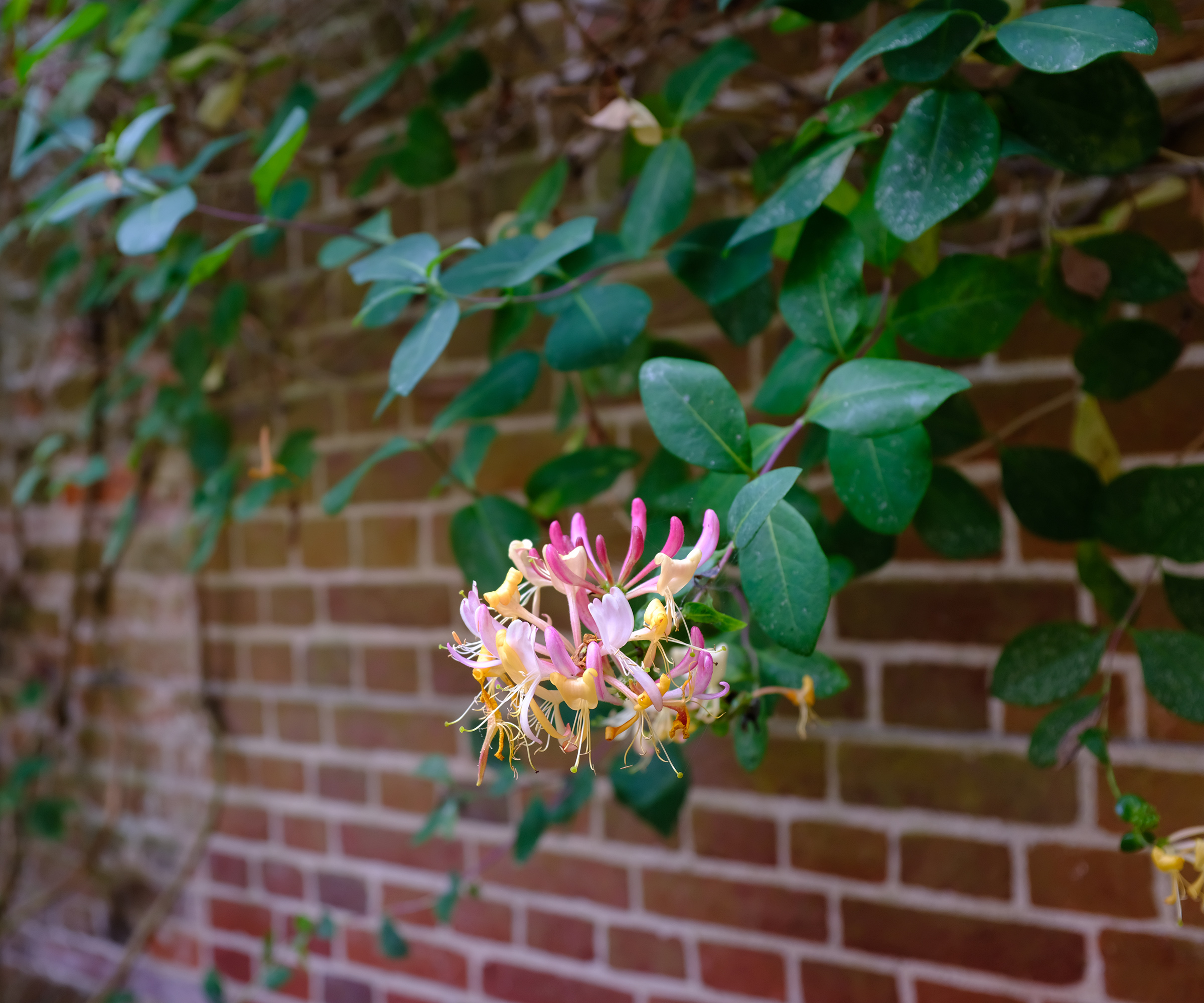
- Hardiness: USDA 4-9
- Height: varies according to species
- Spread: varies according to species
- Best for: creating a cottage garden look
If you've already learned how to grow honeysuckle, then you'll know that not only is it a strong and vigorous climber, but most varieties have sweetly scented flowers all through summer in gorgeous shades of clotted cream, golden yellow, blush pink, scarlet and orange too.
The lonicera species is a hardy choice, and there are many to choose from. ‘Belgica’ is bushy, with scarlet and cream flowers, and grows to 26ft tall. ‘Goldflame’, try Goldflame Honeysuckle Vine at Nature Hills, has vivid orange and yellow flowers with a strong perfume.
‘Serotina’ has flushed pink and purple tubular blooms with a delicious smell. Glossy red berries come after the flowers have passed.
These twining climbers do need a support, such as wires or a trellis, as the foliage can be top heavy. Honeysuckle is evergreen or semi-deciduous so check the label if you are looking for year-round coverage.
8. Silk-tassel bush (Garrya elliptica)
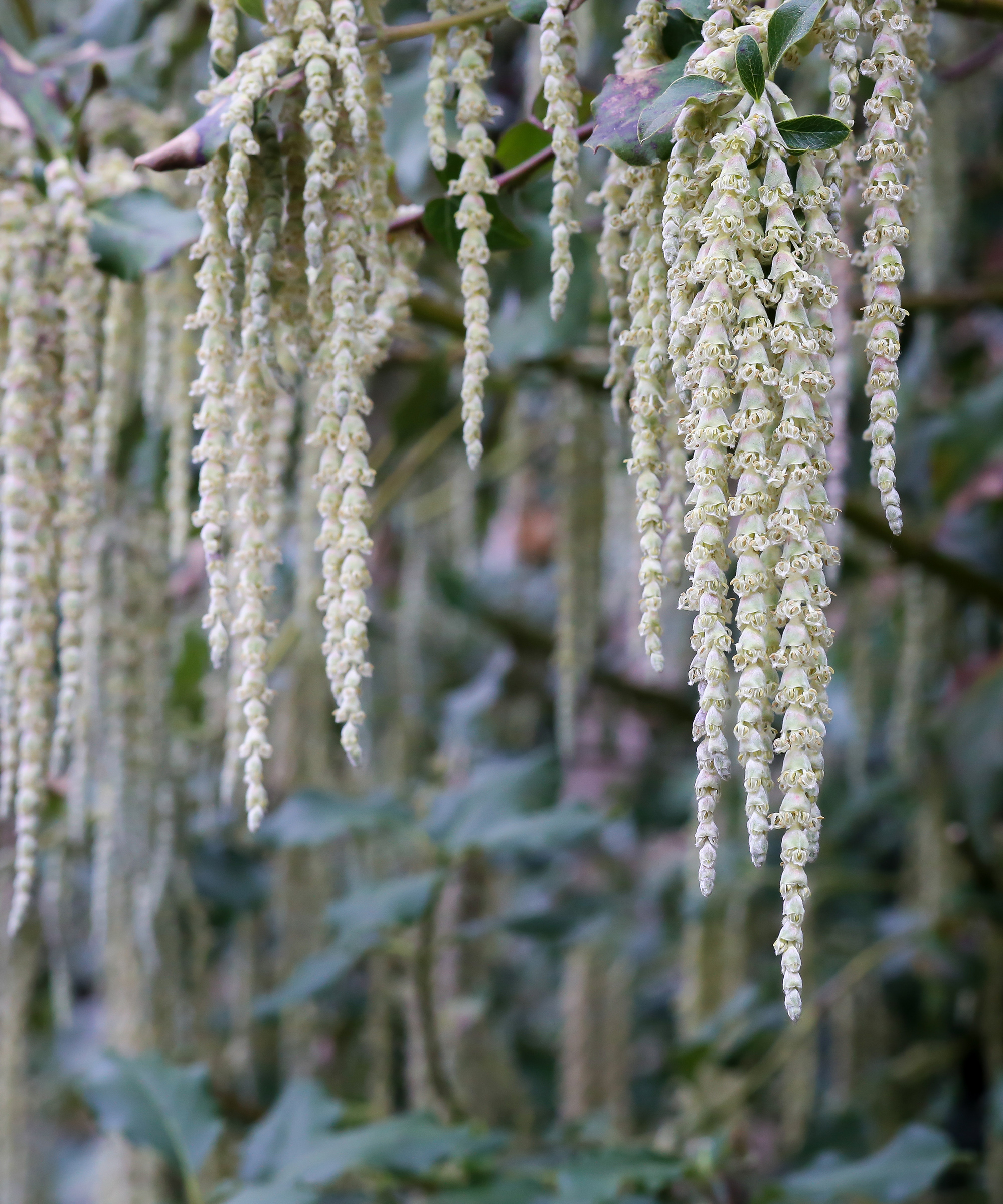
- Hardiness: USDA 8-10
- Height: 13ft
- Spread: 13ft
- Best for: winter interest
This bushy, evergreen shrub with wavy edged greenish gray leaves produces unusual silvery catkins from midwinter to early spring. At around 8in long, they shimmer in the breeze and create a stunning seasonal display.
Native to coastal California and southern Oregon, this plant is surprisingly hardy and will tolerate semi-exposed or sheltered conditions if planted in well-drained soil, although very strong winds may scorch it.
Train the foliage on wires against the wall, and cut off any dead or straggly branches in spring when the catkins have past their best.
9. Climbing and rambling roses
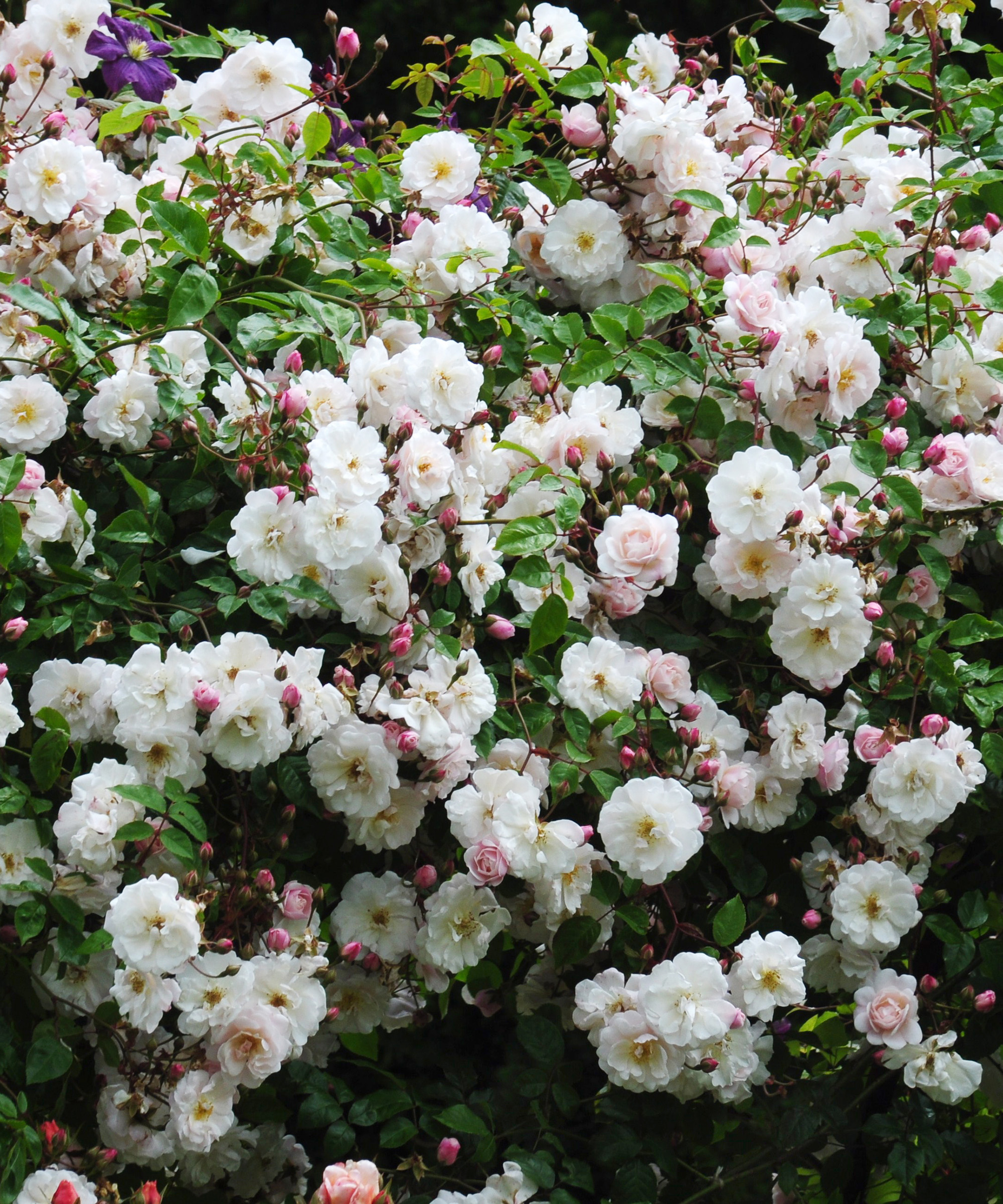
'Mortimer Sackler' rose
- Hardiness: USDA 4-10, but check the variety as this may vary
- Height: varies according to type
- Spread: varies according to type
- Best for: romantic garden style
According to the rose growing experts at David Austin Roses there are some roses which will work in a shady spot against a north-facing wall. 'Although in general roses will not thrive in a position where there is too much shade, there are some varieties which will cope with four to five hours of good sun per day,' they say. 'Just avoid areas with low hanging branches and competition from roots or trees and other shrubs.'
Some of the best climbing roses they recommend as being suitable for an open, north-facing wall include Claire Austin, Mortimer Sackler (pictured above) and Wollerton Old Hall, which are all climbing roses, and Phyllis Bide, Crimson Shower, Rambling Rector and Wedding Day which are rambling varieties.
Roses do need some special care and attention, including feeding twice a year in April and July, as well as mulching, deadheading and pruning.
10. Clematis ‘Niobe’
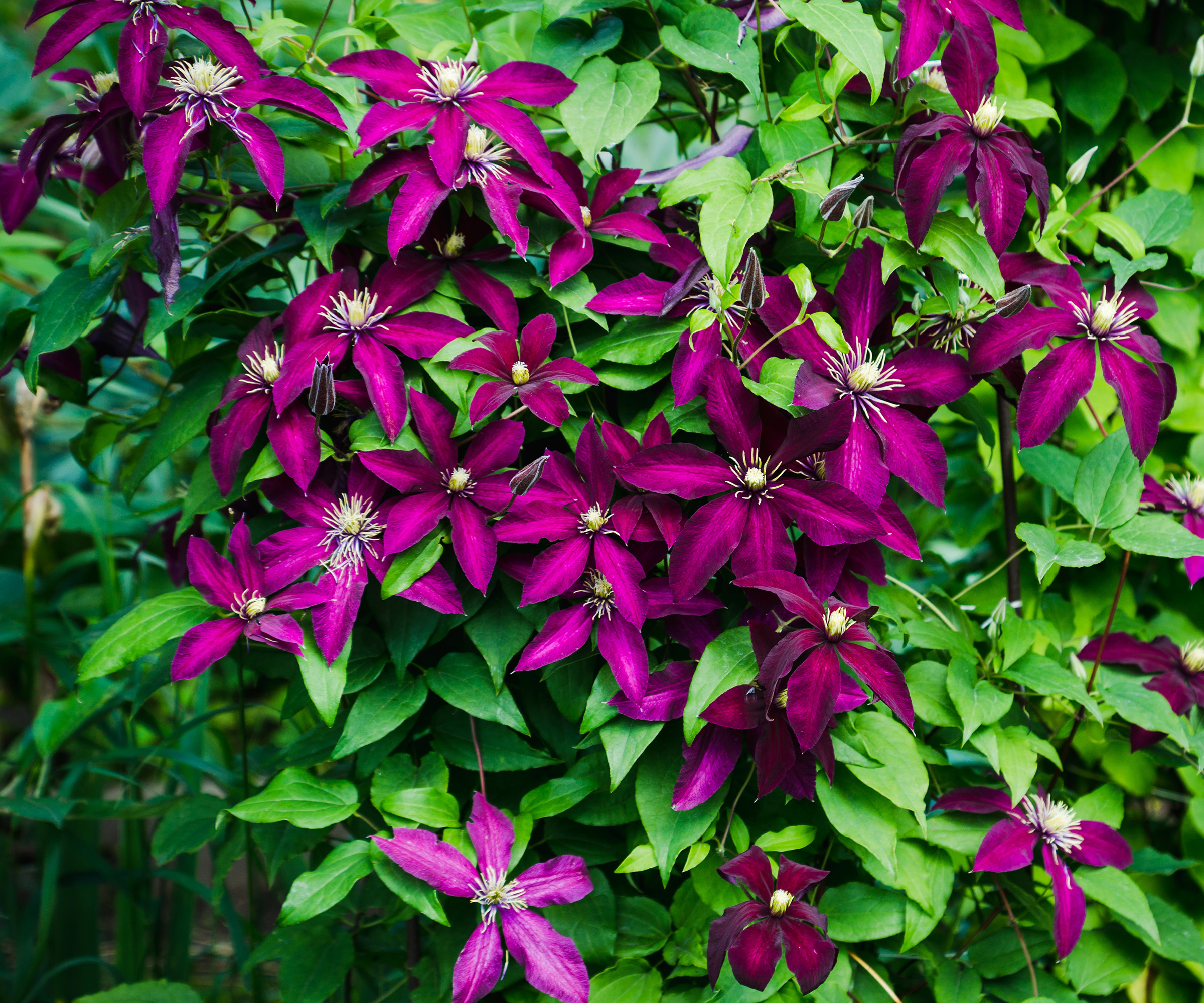
- Hardiness: USDA 4-9
- Height: 6-8ft
- Spread: 1.5-2ft
- Best for: rich color
If you're looking for plants for north-facing walls that will give you lots of intense color, make sure you add this one to your planting list.
With large, velvety red flowers blooming on dark green leaves through the summer it creates a mass of deep color. It’s not the only clematis which will tolerate a shady spot, but this one is an absolute beauty. The flowers measure six inches across.
Despite its exotic looks, it only requires a light trim in the late winter or early spring time. If you prefer a lighter, brighter flower to lift the spot, ‘Nelly Moser’ has pretty white and candy pink striped blooms, and is also one of the best clematis to grow in shade.
11. Fatshedera Lizei (Fat-Headed Lizzie)

- Hardiness: USDA 7-10
- Height: 4.9-8.2ft
- Spread: 4.9-8.2ft
- Best for: a stylish courtyard solution
A cross between an ivy and a fatsia (a climber and a shrub), this architectural plant is a stylish way to clad a north-facing wall with green. It has shiny, leathery leaves and subtle small greenish white flowers.
It can be grown in a pot or in the ground in moist well drained soil, but it does require training up a vertical structure. Keep tying it in and clipping it into shape and it will soon reward you with dense, tidy foliage.
It prefers a sheltered spot, so a courtyard garden would be a perfect situation.
FAQs
How do I plant against a north-facing wall?
For best results when using plants for north-facing walls, it's important to get the planting position correct.
If you are planting in the ground, make sure your plants are 20in away from any walls, so they can easily receive rain and have enough space to establish.
You also need to give them adequate support. This could mean attaching wooden trellis or trellis wire and tying in the plant as it grows.
There's no reason that you can't have a vibrant shade garden by planting alongside a north facing wall. Other troublesome shady spots can be in and around trees. So you might find our guide to the best plants for under trees useful, too.
Sign up to the Homes & Gardens newsletter
Design expertise in your inbox – from inspiring decorating ideas and beautiful celebrity homes to practical gardening advice and shopping round-ups.
An experienced freelance journalist, editor and columnist writing for magazines and websites, Fiona now specializes in gardens. She enjoys finding and writing about all kinds, from the tiniest town plots to impressively designed ones in grand country houses.
-
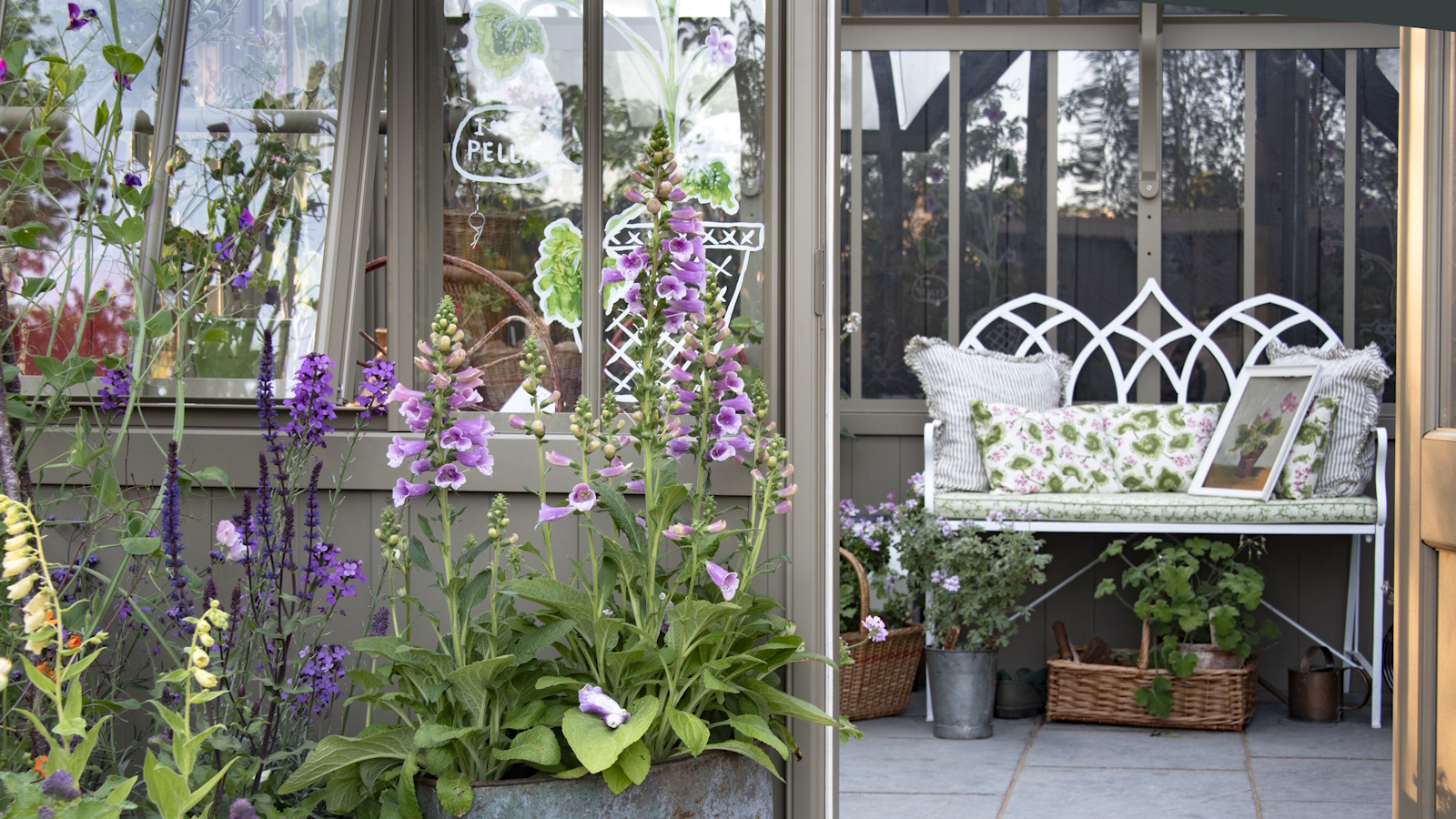 I've finally discovered exactly how to keep my container plants watered when I'm on vacation – and it takes less than five minutes
I've finally discovered exactly how to keep my container plants watered when I'm on vacation – and it takes less than five minutesYour plants will stay hydrated for days with the addition of these nifty self-watering tools
-
 Meghan Markle's beekeeping hobby is surprisingly accessible and simple to learn – you can harvest your own honey as she does
Meghan Markle's beekeeping hobby is surprisingly accessible and simple to learn – you can harvest your own honey as she doesMeghan Markle has joined the ranks of DIY beekeepers, proving that working with bees in your garden is a fun and easy way to procure honey
-
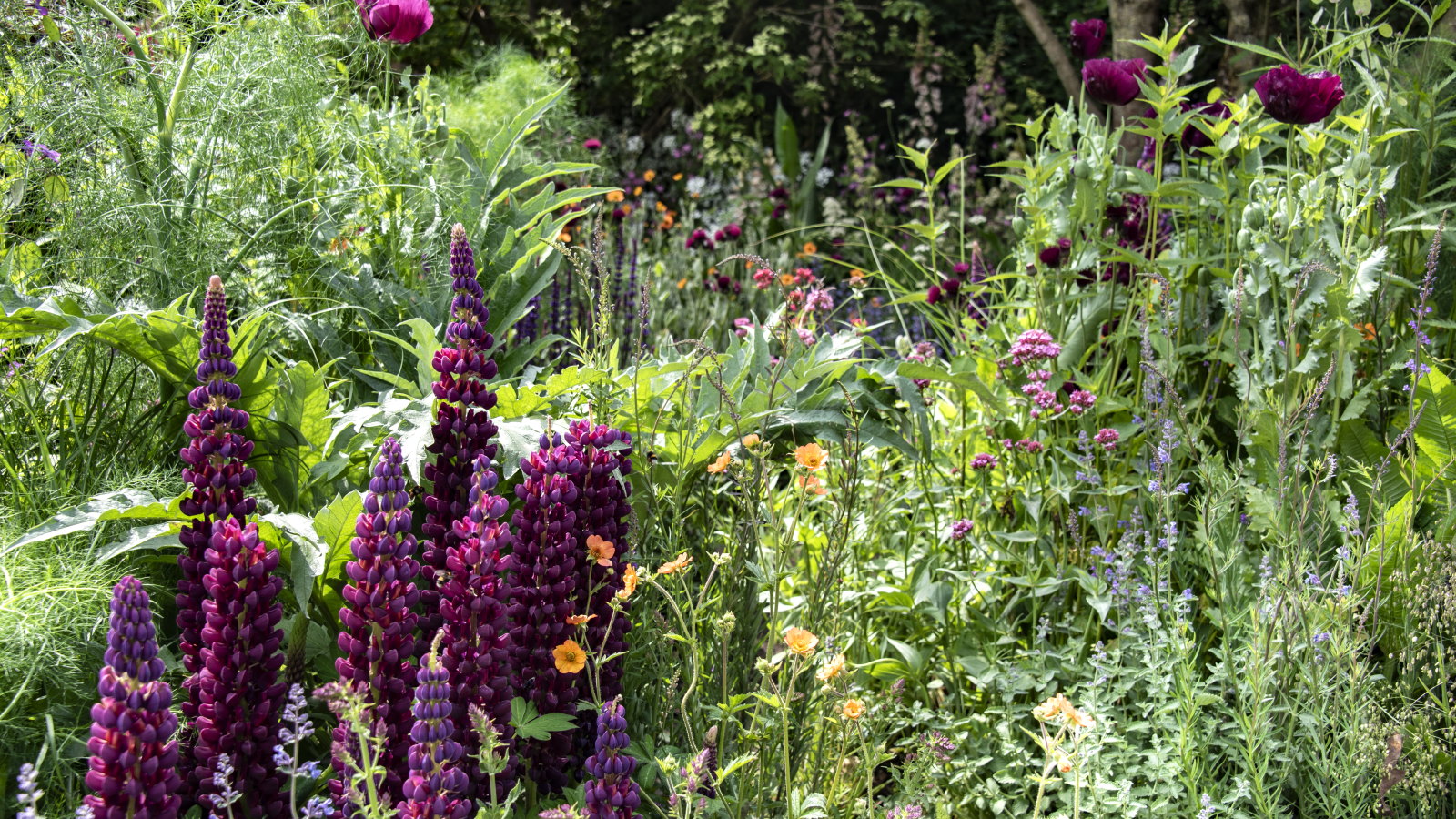 7 fast-growing annual flowers to sow in June that will give you glorious summer displays in borders or containers
7 fast-growing annual flowers to sow in June that will give you glorious summer displays in borders or containersThese are fast to germinate and quick to bloom, plus we reveal sowing tips from an experienced horticulturist
-
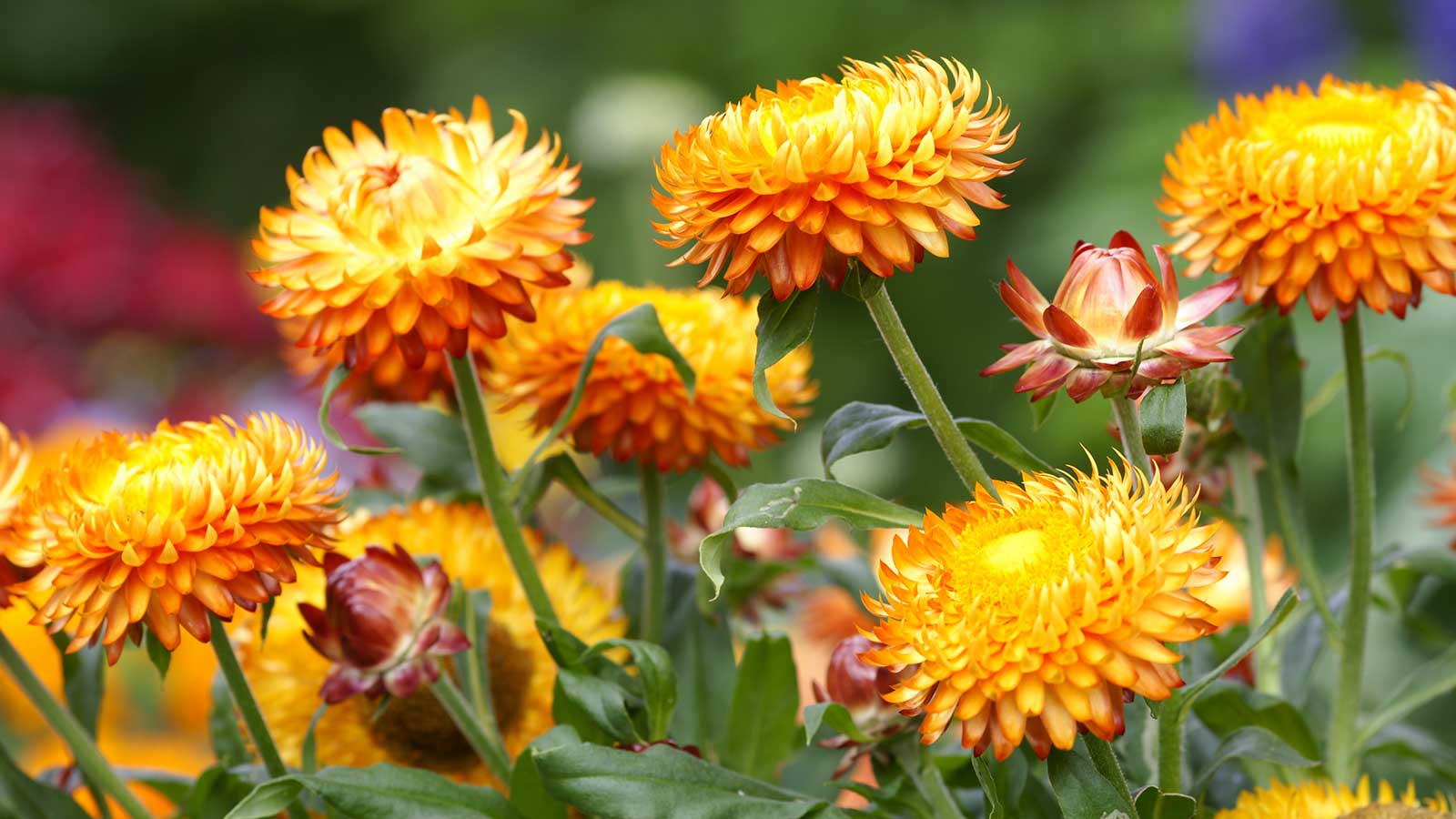 How to grow strawflowers – for bold summer color, perfect stems for cutting, and long-lasting dried displays
How to grow strawflowers – for bold summer color, perfect stems for cutting, and long-lasting dried displaysGardening experts share advice, including tips on pruning, watering, and growing from seed
-
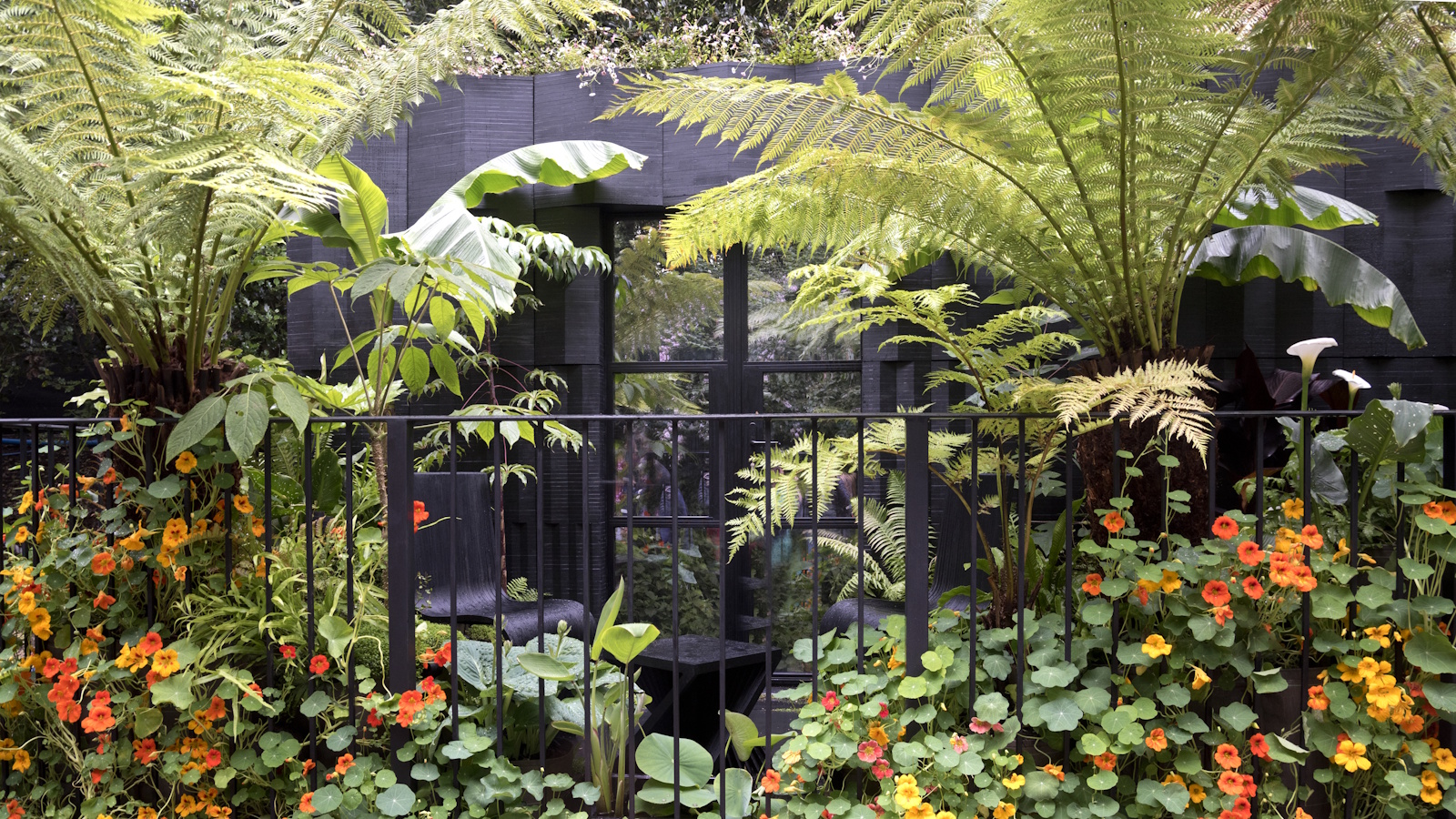 5 nasturtium varieties I’m growing right now as a professional gardener – you can still sow these fast-growing flowers in June for late-summer color
5 nasturtium varieties I’m growing right now as a professional gardener – you can still sow these fast-growing flowers in June for late-summer colorThese five nasturtium varieties are sure to add impact to your flower displays
-
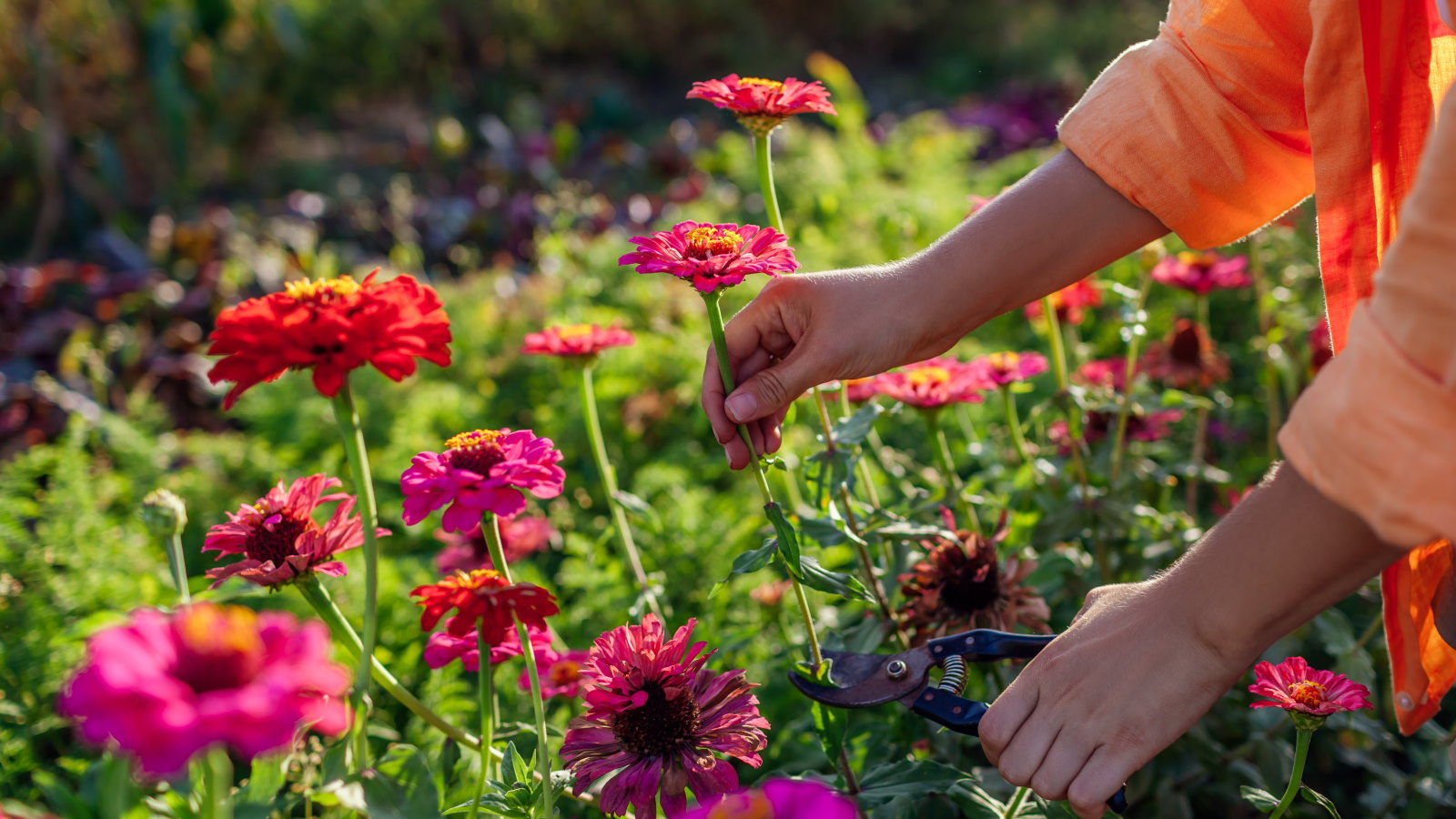 Does my cut flower bed need fertilizing? Horticulture expert reveals whether feeding is a necessity for bright and abundant blooms
Does my cut flower bed need fertilizing? Horticulture expert reveals whether feeding is a necessity for bright and abundant bloomsFind out how to get the most out of your cut flower bed
-
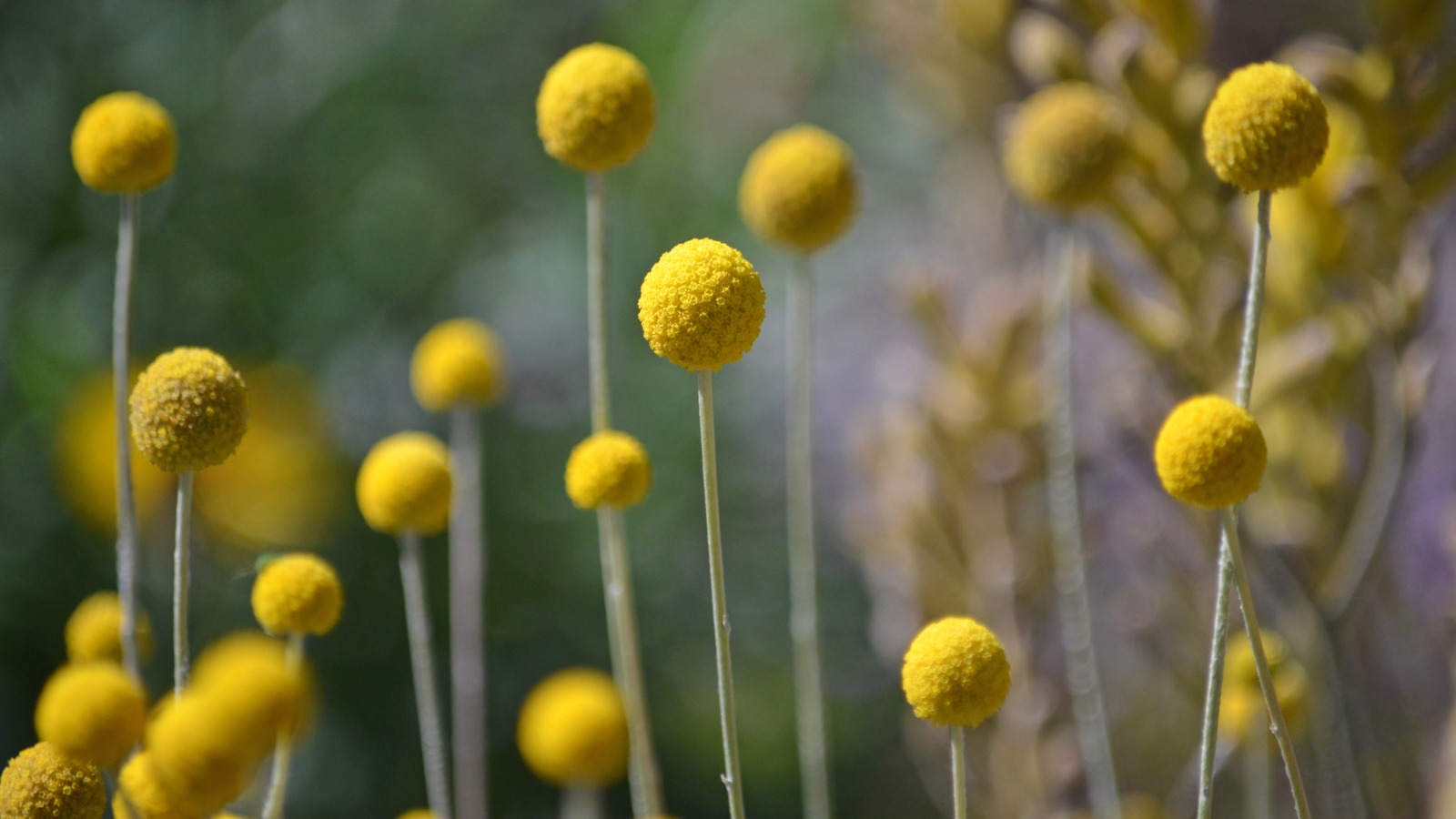 How to grow craspedia – these unusual spherical flower heads will add charm and color to any yard
How to grow craspedia – these unusual spherical flower heads will add charm and color to any yardWith striking yellow flowers, craspedia looks impressive both in borders and in vases
-
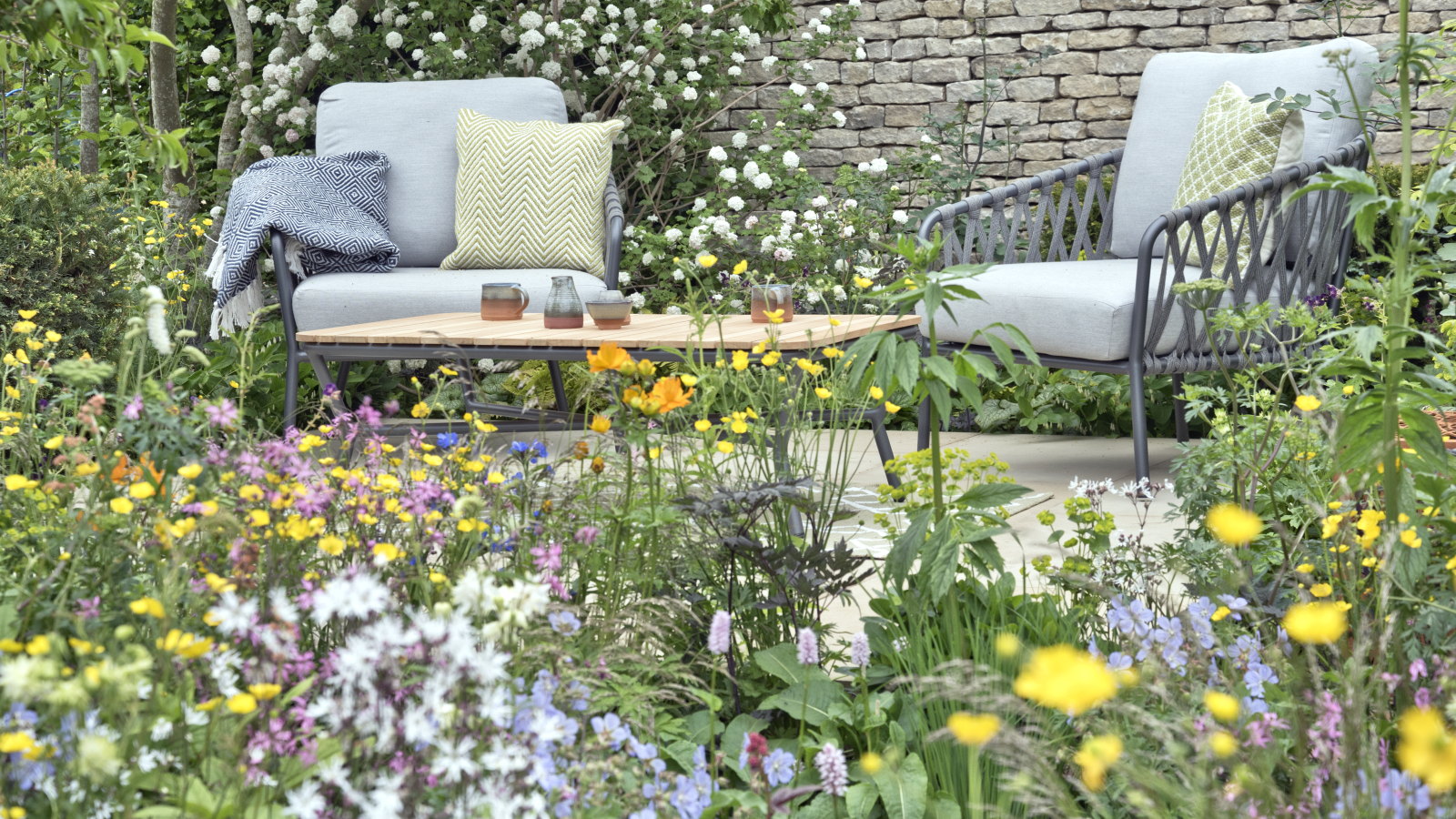 9 garden upgrades landscape designers never regret – thoughtful, stylish changes that will elevate a yard for years to come
9 garden upgrades landscape designers never regret – thoughtful, stylish changes that will elevate a yard for years to comeSay hello to the outdoor improvements that never go out of style – and always earn their keep
-
 Chelsea Flower Show's South African succulent garden is a masterclass in sculptural planting – the designers reveal how you can easily grow these desert plants at home
Chelsea Flower Show's South African succulent garden is a masterclass in sculptural planting – the designers reveal how you can easily grow these desert plants at homeNative to an arid, hot climate, some of these unique plants can surprisingly be grown throughout the US, too
-
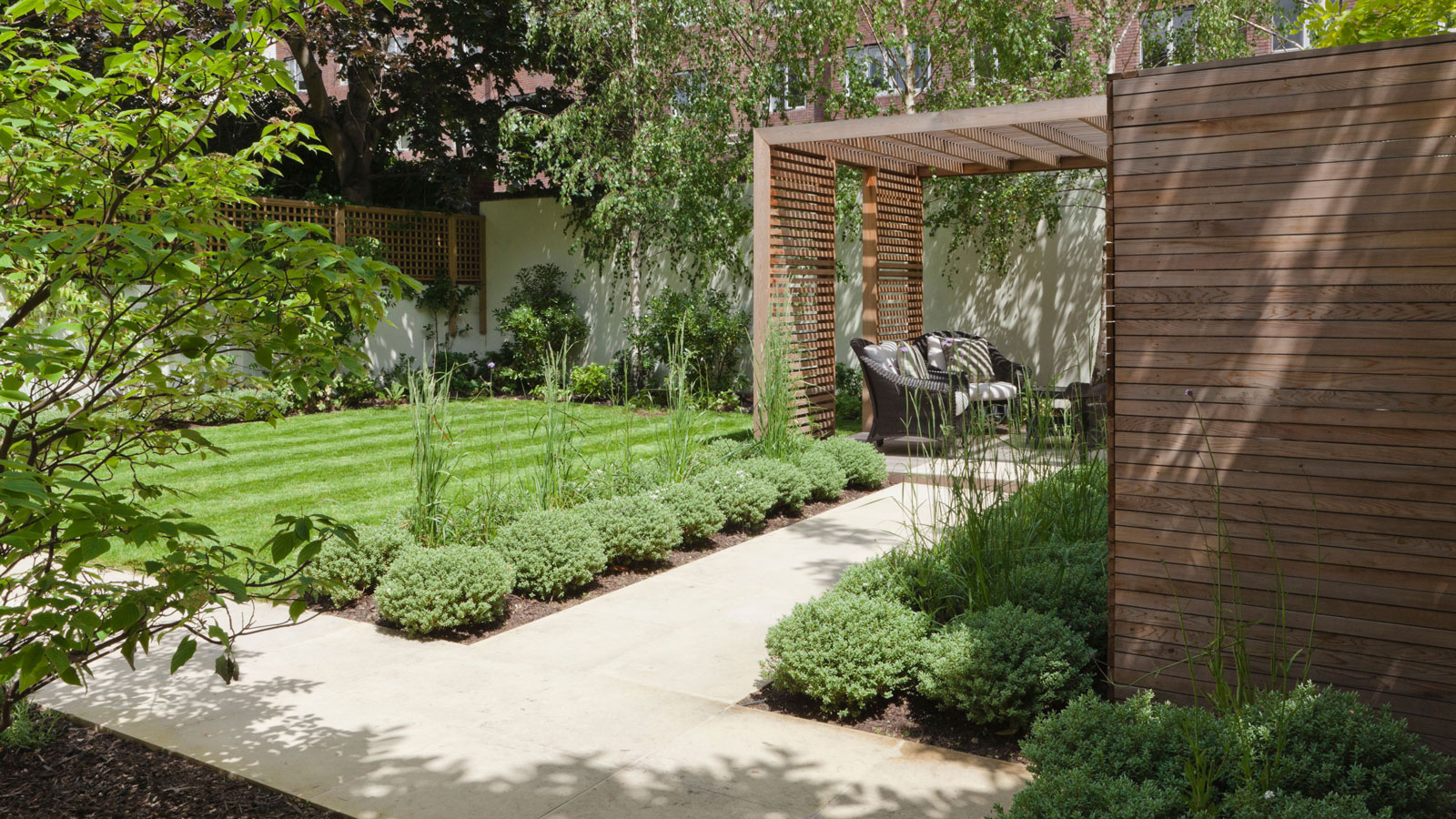 How to design a minimalist garden – 7 beautiful ideas to transform your backyard into a calming retreat
How to design a minimalist garden – 7 beautiful ideas to transform your backyard into a calming retreatGarden designers share their top tips for a dreamy, stripped back outdoor space
